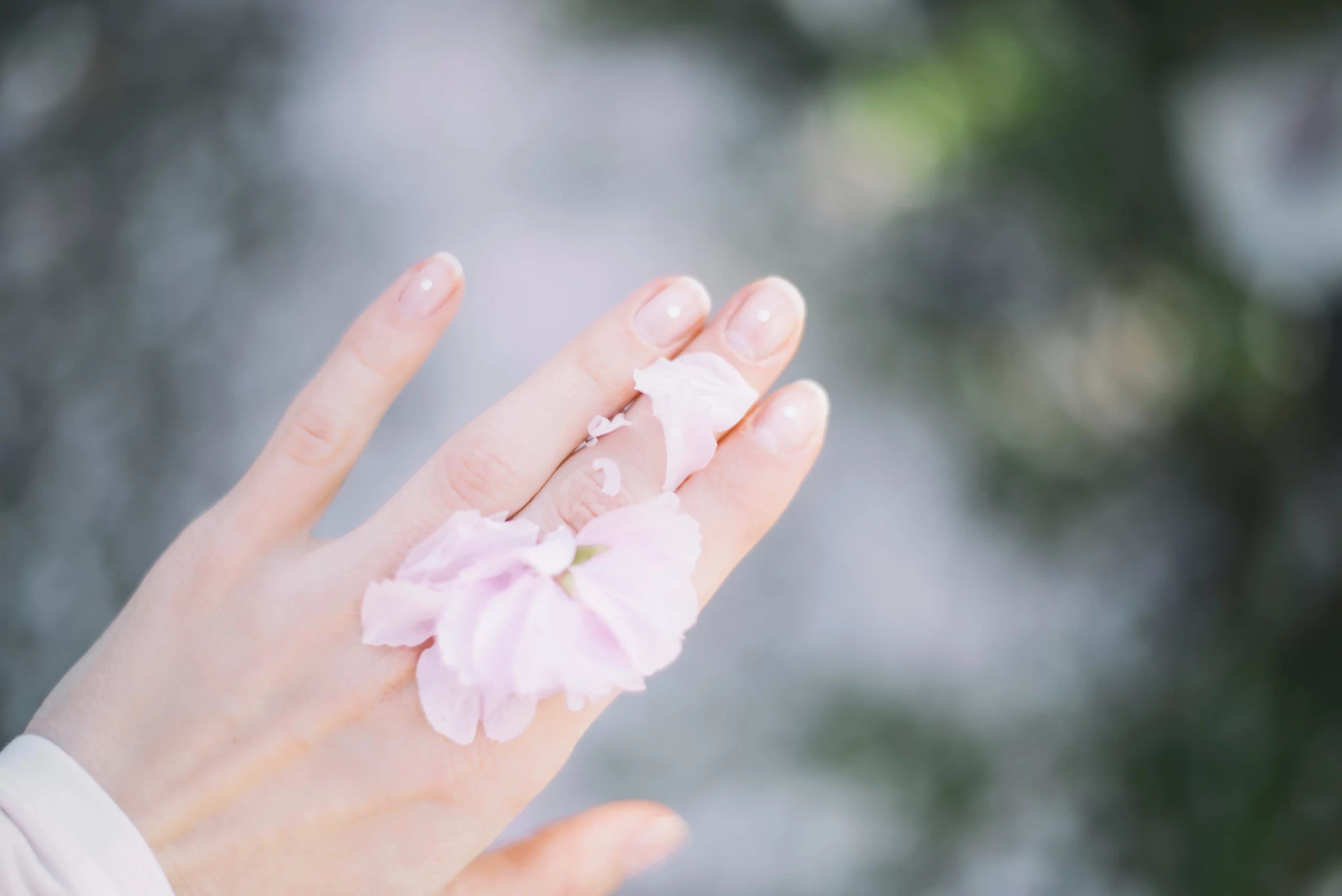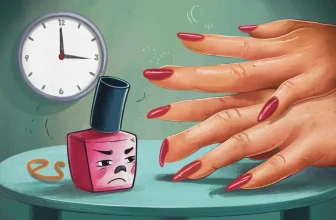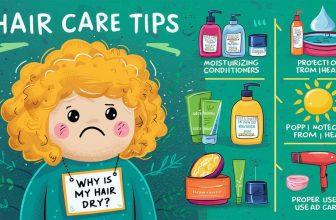How to Get Nail Glue Off Skin: 7 Ingenious Techniques

What exactly is the problem with nail glue off the skin? I’m not referring to the glue you use for crafts; I’m referring to the glue you use to attach your gorgeous nail accents. Despite the cutesy name, it’s a no-nonsense, powerful cyanoacrylate glue made to keep your nail art intact so that everyone can see it. Pretty effective; a small bit will quickly connect your nails and tips. Of course, like that chewed bubblegum under the school desk, nail glue seems to have the uncanny knack of getting stuck where we don’t want it to be. One distracted moment, some misplaced pressure, and voila – you’ve got some stubborn glue hugging your skin, refusing to let go like an overly attached puppy. It can be quite a sticky situation, literally.
Why safe removal is essential
Now, this brings us to the all-important question, why do we need to “safely” remove this obstinate glue? Couldn’t we just peel it off or scrub it away? Yep, I heard you. But here’s the thing: your skin is not a prehistoric cave wall waiting for some rough chiseling. Rough removal of the nail glue can lead to skin irritation, damage, or even worse, some painful skin peeling. We don’t want our hands to look like they’ve had a boxing round with a hedgehog, right?
Essential Tools for Nail Glue Removal
Standard household items for nail glue removal
Hey, guess what? The recipe for safe nail glue removal lies right within your household items. Who would’ve thought, right? Your regular warm water, dish soap, cotton balls, or toothbrush are all knights in shining armor, ready to slay the nail-glue dragon.
Professional products made for safe nail glue removal
If you’re feeling fancy and want to bring in the big guns, there are professional products tailored for glue removal. Products such as acetone, nail polish remover, and specific glue dissolvers fill up the racks of beauty stores, willing to help you undo your sticky mishap.
How to prepare your tools for nail glue removal
Now, let’s roll up our sleeves and prep these tools. Pretty simple! If you’re going the household items way, fill a bowl with some warm water and dissolve some dish soap into it. If opting for pro products, ensure you have a cotton ball, a small container, and gloves – safety first, just like a Super Bowl quarterback (or something like that).
Step-by-Step Guide to Using Warm Water and Soap
Preparing your warm soapy water solution
Soothe your worried brows; this isn’t a chem lab experiment. Just mix some warm water and a few drops of your everyday dish soap in a bowl until soapy. Easy peasy, lemon squeezy.
The process of immersing your affected skin
Now, immerse the Gladiator, aka your glue-covered hand, into the bowl. Let it soak for about 15-20 minutes. Remember, patience is the key. The glue is stubborn, but your resilience is harder!
Finishing touches and possible follow-ups
Once you’ve plucked your hand out after the soak time, you’ll notice the glue has softened. Using a toothbrush, gently scrub off the affected area. Rinoid to repeat the process if all the glue hasn’t abandoned ship.
Using Acetone and its Safety Precautions
What is acetone and how it work on nail glue
Acetone, my dear friends, is not just another tongue-twisting chemical name. It’s a potent solvent that dissolves nail glue like a hot knife through butter. Genius, isn’t it?
A detailed guide to using acetone for nail glue removal
This process comes with an extra side of TLC. Start by filling a small container with acetone. Now dip the cotton ball into it and press the soaked ball onto the glue area for about 10 minutes. This should coax the glue into submission.
Health and safety measures when using acetone
Now, acetone and skin wouldn’t exactly make a charming couple. Use gloves to protect your skin around the glued area. Ensure there’s good ventilation, because, let’s be honest, we’re not aiming to get high on acetone fumes here.
Nail Polish Remover as a Nail Glue Solution
Understanding the difference between nail polish remover and acetone
Well, here’s a catch. Not all nail polish removers contain acetone, and not all acetone-based products are nail polish removers. They’re like those celebrity couples with overlapping fan bases but different careers.
A detailed guide to using nail polish remover for nail glue removal
Process-wise, using nail polish remover is similar to the acetone method. Take a cotton ball, dip it in the nail polish remover, and press it on the glued skin for around 10 minutes or until the glue softens. But remember, be as precise as possible to avoid unnecessary skin exposure.
Necessary precautions when using nail polish remover
Always check the label before usage. If it’s acetone-based, be ready with your protection gear – think gloves and good ventilation. If it’s non-acetone-based, cream your hands after removal to replenish any lost moisture.
Utilizing Oils and Lotions for a Gentler Approach
Different types of oils and lotions suitable for glue removal
Entering the stage are the gentle giants – the oils and lotions. Pretty much any oil like baby oil, coconut oil, olive oil, or lotion can be an effective, less harsh way to remove nail glue.
The procedure for using oils and lotions
Put a dab of your chosen product on the affected area and massage gently. Let the oil or lotion loosen up the hold of the glue, then use a blunt knife or nail file to scrape it off. No violence, though- we’re only gently coaxing that stubborn glue to move out!
Special considerations for sensitive skin
If your skin is as sensitive as that one emotional friend who weeps at every rom-com scene, choose a hypoallergenic product. This method is gentle but can take a bit longer. So, pop on your favorite TV show or podcast and make a night of it!
The Role of Professional Help in Stubborn Cases
When and why you need to seek professional help
And finally, you’ve tried everything, and the glue still sits on your skin like an uninvited guest. It’s time to call in the professionals – your dermatologist or a nail technician. Also, if you notice redness, swelling, or pain, dial that professional pronto.
What to expect during a professional removal
A professional will use approved and safe skin treatments to dissolve or remove the glue. Expect a thorough evaluation of your skin, specific product applications, and a bit of follow-up advice.
Post-removal care advice by professionals
Once the glue has been vanquished, professionals will guide you through skin care pointers. Embrace those like Hogwarts’ acceptance letters! It might be a moisturizing regime, a specific lotion, or a break from nail enhancements – just follow the yellow brick road.
Wrap-up on Nail Glue Removal Safety and Efficiency
A quick recap of the seven techniques
We’ve whizzed past our seven techniques like a whirlwind. We talked about the pros and cons of warm soapy water, acetone, and nail polish remover. We then mellowed down with oils and lotions and finally sought professional help when all else failed.
Common mistakes to avoid for a safe and efficient removal
Rushing and scraping too aggressively are the villains in this journey. Keep those at bay. Patience, the right products, and careful technique are your weapon, body armor, and magic potion.
Emphasizing the importance of skin care post-glue removal
And let’s not forget, that skin care after nail glue removal is just as prestigious as the after-party at the Oscars. Use a gentle moisturizer, give your skin a break, or seek professional skincare advice.
FAQs
How long does it take to remove nail glue from the skin?
Let's say it's not a speed dating event. Depending on the method and the thickness of the glue, it could take up to a few hours. Remember, we're remodeling skin, not building Rome in a day!
What to do if your skin gets irritated during the glue removal process?
If your skin throws a tantrum mid-process, stop! Rinse the area with cold water, apply a soothing lotion, or consult a professional. Let's not turn a cosmetic issue into a medical emergency!
Can I reuse the nail tips/molds after removing the glue?
Unfortunately, once the glue is on, the nail tips become a bit of a 'one show wonder'. It's usually safer and healthier for your natural nails to use new tips or molds.
Is it safe to manually peel off the glue from my skin?
Resist the urge! Peeling off the nail glue could put your skin's health at stake. Always opt for the above-discussed methods of removal, not a game of 'peel the glue.






